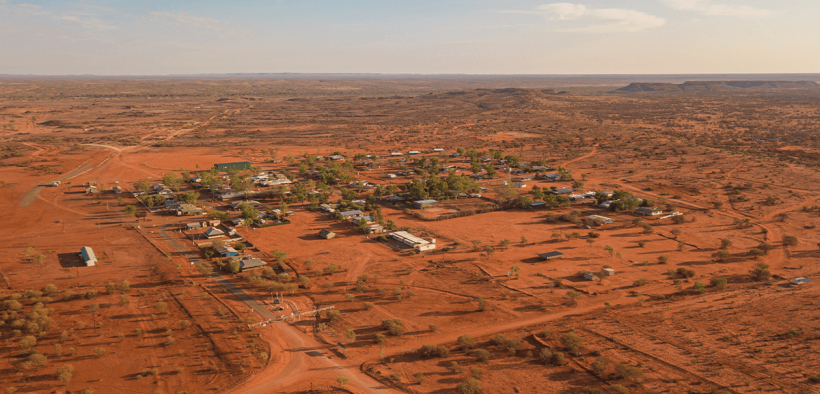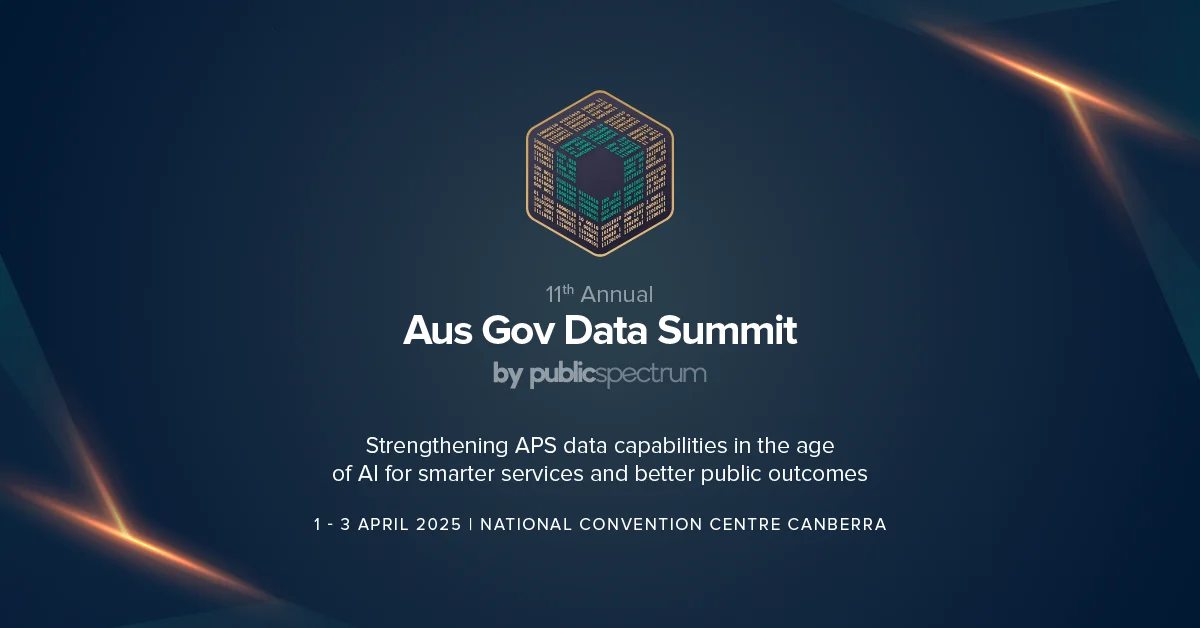Geoscience Australia’s data underpins exploration activity across the NT
Share

More of the Northern Territory is being explored, creating a substantial footprint of new tenement uptake in the region thanks to Geoscience Australia’s $225 million Exploring for the Future program.
Chief of the Minerals, Energy and Groundwater Division Dr Andrew Heap said that over 30 companies have taken up 140,000 square kilometres of new tenements for exploration across the Northern Territory as a result of the data from the program.
“This significant new tenement uptake is proof that when you provide Australians with meaningful data and knowledge you empower them to make informed investment and exploration decisions,” Dr Heap said.
“It was satisfying for the team from Geoscience Australia to see that enthusiasm firsthand last week at the Annual Geoscience Exploration Seminar (AGES) in Alice Springs.“
According to Dr Heap, the Exploring for the Future program, which was made in partnership with the Northern Territory Government, MinEx CRC and university researchers, has put the ‘Top End’ under the microscope through a range of geophysical, geochemical and stratigraphic drilling surveys and analyses that give Australians the inside scoop on what resources may be found below the Earth’s surface.
“Our team was excited to release new data at AGES – a fantastic forum for data and knowledge sharing – which is now publicly available on our online portal,” he said.
Companies that are currently looking at these promising tenements range from small, medium to large – both ASX listed and private – and for some, it is their first time exploring in the Northern Territory.
Recently, an Australian resource company announced that they will be targeting battery metals in the Carrara Range, South Nicholson region after Geoscience Australia identified a manganese mineral occurrence within the area.
“It is great to see so much exploration interest in the Northern Territory, with companies exploring for copper, cobalt, gold, zinc, lead, silver, manganese, potash, rare-earth elements and natural gas,” Dr Heap said.
“As we unlock the potential of this resource-rich area, we could be seeing the establishment of a new mineral province in Australia between Tennant Creek and Mt Isa which will provide ongoing industry growth and jobs for local communities and the nation.”
Having already seen the value of the geological data that has come from the Exploring for the Future program since its commencement in 2016, Geoscience Australia is committed to deepening and expanding the picture of building Australia’s mineral, energy and groundwater resource potential.
“Initiatives under the Exploring for the Future program will continue to put key data and knowledge in the hands of government, industry and communities, unlocking the potential of our nation’s world-class resources,” he said.
“And given the discussions that took place at AGES last week, I think we can expect more interest and opportunities centred on the Northern Territory.”
Source: Geoscience Australia
Eliza is a content producer and editor at Public Spectrum. She is an experienced writer on topics related to the government and to the public, as well as stories that uplift and improve the community.






















